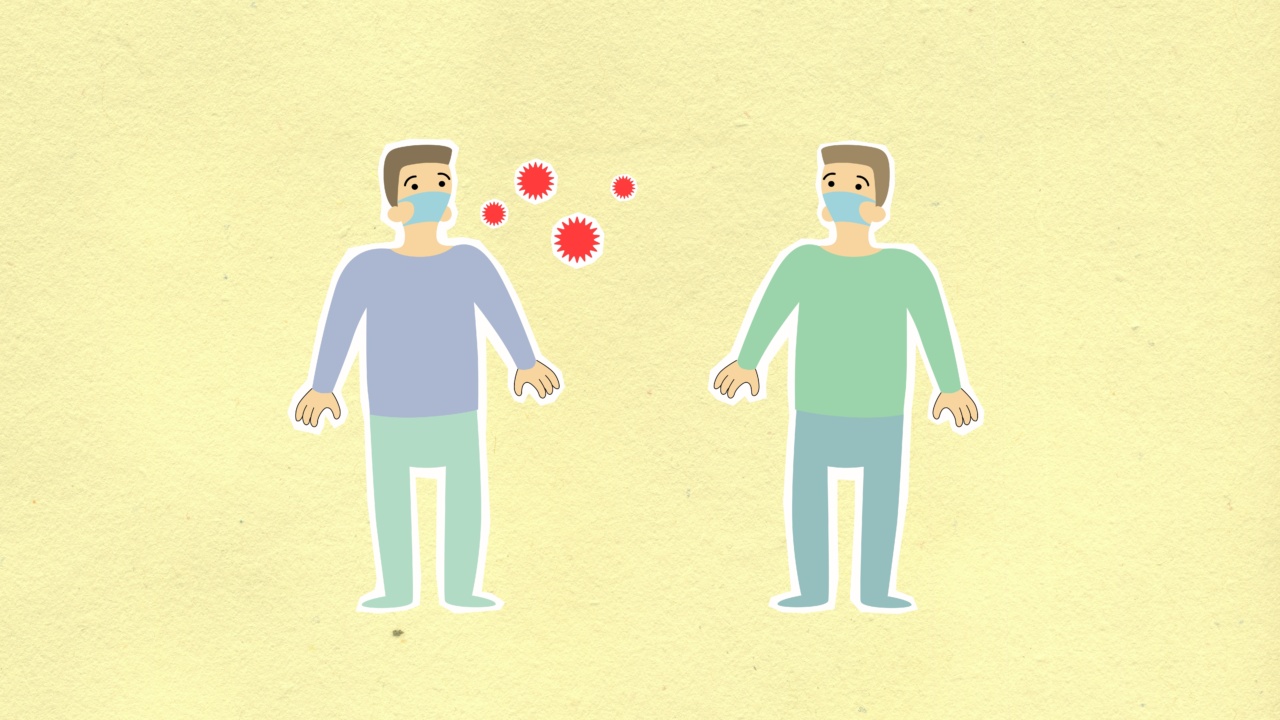The flu epidemic is a significant public health concern, affecting millions of individuals worldwide. In recent years, the impact of the flu virus has been particularly severe, with the number of cases and related deaths reaching alarming levels.
This article will delve into the implications of the flu epidemic and shed light on the preventative measures and treatment options available for those affected.
The Scope of the Flu Epidemic
At 129, the sufferers of the flu epidemic represent a significant portion of the global population. The virus is highly contagious and spreads rapidly through respiratory droplets, making it difficult to contain.
Each year, the flu season varies in severity and strain, but it typically affects individuals of all ages, with certain high-risk groups facing more severe complications.
Identifying Symptoms and Possible Complications
The flu virus presents with various symptoms that can range from mild to severe. Common signs include fever, cough, sore throat, body aches, and fatigue. In some cases, individuals may also experience nasal congestion and headaches.
While most people recover within a week or two, certain complications can arise, particularly in vulnerable populations such as young children, the elderly, and individuals with underlying health conditions.
The Importance of Prevention
Prevention is crucial in minimizing the spread of the flu virus. Vaccination is the first line of defense, and healthcare organizations worldwide strongly recommend getting an annual flu shot.
Additionally, practicing good hygiene, such as regular handwashing, covering the mouth when coughing or sneezing, and avoiding close contact with infected individuals, can significantly reduce the risk of contracting and transmitting the flu virus.
Available Treatment Options
For those already affected by the flu, several treatment options can help alleviate symptoms and shorten the duration of illness. Over-the-counter medications, such as pain relievers and fever reducers, can provide temporary relief.
Rest, hydration, and staying home to prevent further transmission are also essential components of recovery. In severe cases or for high-risk individuals, antiviral medications may be prescribed by healthcare professionals to help mitigate complications.
The Economic Impact
The flu epidemic not only affects individual health but also has significant economic repercussions. The high number of flu sufferers results in increased absenteeism from work and school, leading to reduced productivity.
Furthermore, hospitalizations and treatment costs associated with severe cases of the flu incur a burden on healthcare systems and insurance providers. As such, preventing and managing the flu is a priority on both personal and societal levels.
Addressing Misconceptions
There are various misconceptions surrounding the flu and the effectiveness of prevention methods. Some individuals believe that getting the flu shot can actually cause the flu, which is untrue.
The flu vaccine contains inactivated viruses or viral particles, making it impossible to contract the illness from the vaccine itself. Another myth is that healthy individuals do not need the flu shot, but this is inaccurate as anyone can be susceptible to the virus.
Implications for the Healthcare System
The immense influx of flu sufferers can strain healthcare systems during peak flu seasons. Hospitals often experience overcrowding and shortages of medical supplies and staff.
With the ongoing COVID-19 pandemic, the flu epidemic becomes an even more significant concern, as the simultaneous presence of both viruses can overwhelm healthcare facilities and weaken individuals’ immune systems. Therefore, prioritizing preventive measures is crucial to mitigate the strain on the healthcare system.
The Role of Public Awareness Campaigns
Public awareness campaigns play a vital role in educating communities about the flu epidemic. These campaigns aim to disseminate accurate information about the virus, its modes of transmission, and the importance of prevention measures.
By raising awareness, communities can better understand the significance of getting vaccinated, practicing good hygiene, and staying home when sick, thereby contributing to the collective effort of combating the flu epidemic.
Supporting Vulnerable Populations
While the flu epidemic affects individuals of all ages, certain populations require extra support. It is essential to prioritize the well-being of children, the elderly, pregnant women, and individuals with chronic medical conditions.
By ensuring that these high-risk groups have access to vaccinations and appropriate healthcare resources, the severity and impact of the flu can be reduced within these vulnerable populations.
Conclusion
The flu epidemic at 129 brings to light the immense challenges faced by individuals, families, and healthcare systems worldwide.
By understanding the scope of the epidemic, identifying symptoms and complications, promoting prevention, and supporting vulnerable populations, societies can work towards minimizing the impact of the flu virus. It is paramount to prioritize public health education, research, and effective preventive measures to protect individuals and communities from future outbreaks.































